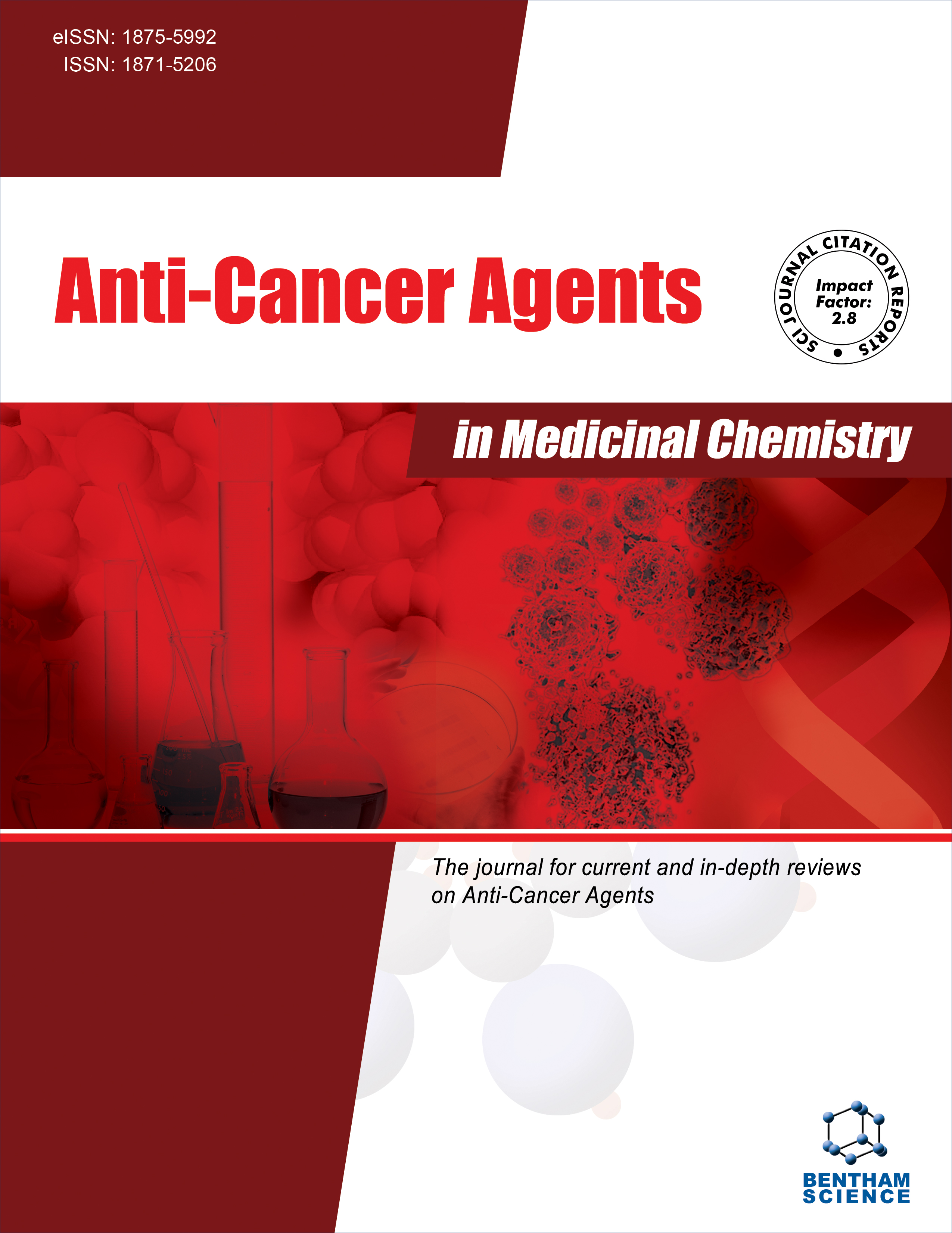
Full text loading...
Xanthene derivatives are a notable class of heterocyclic compounds widely studied for their significant biological impact. These molecules, found in both natural and synthetic forms, have attracted substantial scientific interest due to their broad spectrum of biological activities. The xanthene nucleus, in particular, is associated with a range of potential pharmaceutical properties, including antibacterial, antiviral, anti-inflammatory, anticancer, and antioxidant effects. Their structural flexibility allows for modifications that can enhance specific biological functions, making them valuable candidates in medicinal chemistry and drug development.
Multi-component reactions involving two equivalents of 5,5-dimethylcyclohexane-1,3-dione with aromatic aldehydes yield xanthene derivatives that are known for their biological activity. Additionally, fused xanthene derivatives are formed through subsequent heterocyclization reactions, resulting in compounds with a broad range of biological properties.
Various Xanthene derivatives incorporating thiophene and thiazole moieties were synthesized. Compounds 3a-c were further subjected to heterocyclization reactions to produce fused xanthene derivatives with additional heterocyclic components, enhancing their biological activity. The cytotoxic effects of the synthesized compounds were assessed across six cancer cell lines. Inhibition studies on c-Met kinase and the PC-3 cell line were conducted.
Additionally, the compounds' inhibitory activity against tyrosine kinases was evaluated, and morphological changes in the A549 cell line were observed with the two most potent compounds.
The synthesized heterocyclic compounds, derived from 5,5-dimethylcyclohexane-1,3-dione and related cyclohexanone derivatives, exhibited significant inhibitory effects across various cancer cell lines. Specifically, compounds 3b, 5c, 5d, 7b, 7c, 7d, 9a, 9b, 10b, 10c, 12c, 15b, 15c, 16b, 16c, 17c, 17d, 17e, and 17f demonstrated high levels of inhibition, indicating potential for further exploration of xanthene-based heterocyclic compounds to enhance anticancer properties.

Article metrics loading...

Full text loading...
References


Data & Media loading...

